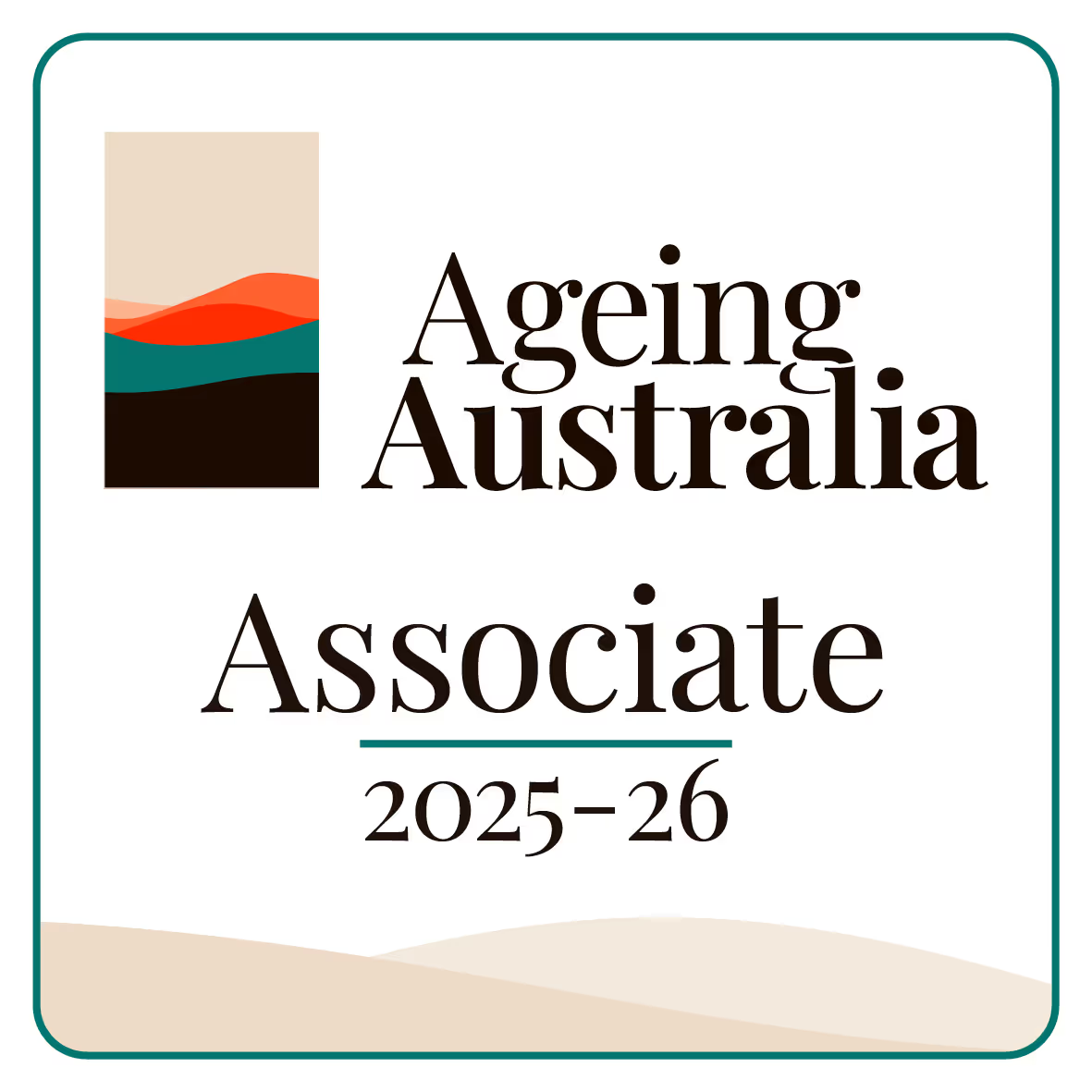Natural Language Processing (NLP) in Aged Care Software
Natural Language Processing (NLP) is a branch of Artificial Intelligence (AI) that teaches machines to read, understand, and produce human language. For technology in the aged care sector, this capability represents a significant transformation in how care is delivered, monitored, and improved.
NLP allows software applications to take unstructured text data, such as notes written by caregivers, patient feedback, or medical records, and convert it into structured data that is useful for decision-making and better patient outcomes.
NLP and Aged Care Software: A Practical Application
In aged care settings, communication is fundamental. However, traditional record-keeping often relies on handwritten notes or free-text inputs in digital systems. This unstructured data can be time-consuming to analyze for trends, risks, or compliance issues. This is where NLP, as seen in software like governa.ai, becomes indispensable.
NLP tools read these textual inputs and interpret the meaning and sentiment behind the words. For example, a caregiver might write a note stating, "Mrs. Smith seemed down today and didn't finish her meal." NLP software can identify the critical concepts: the resident (Mrs. Smith), the emotional state (down/dissatisfied), and the behavioral change (reduced food intake).
By processing thousands of such notes across many residents, aged care software can identify patterns that are otherwise missed. If multiple caregivers report similar low mood or specific complaints, the system can flag this for management review. This capability supports proactive intervention rather than reactive response.
Key Benefits of NLP in Senior Care
NLP brings several major advantages to the senior care environment:
1. Analyzing Patient Feedback and Sentiment
A powerful feature of NLP is sentiment analysis. This technique assesses the emotional tone of written text. In aged care, this applies to resident feedback, family surveys, and internal staff communication. By tracking sentiment over time, organizations gain clearer insights into the quality of life and satisfaction levels of residents. If negative sentiment increases regarding a particular service or shift, the software provides an early warning signal. This leads to continuous improvement in care quality.
2. Improving Documentation and Auditing
Medical notation and caregiver notes can vary widely in terminology and completeness. NLP engines are designed to standardize this data. By identifying medical terminology and common care issues, NLP helps organizations categorize information accurately. This is vital for clinical governance and auditing. Consistent quality of care is supported through automated quality auditing systems and standardized communication protocols.
3. Personalizing Care Plans
Every senior has unique needs. NLP helps software create more personalized care plans by synthesizing information scattered across various documents and notes. By understanding the context of the resident’s history, specific dislikes, communication barriers, and comfort levels described in free-text fields, AI can provide suggestions to caregivers that make interactions more meaningful and supportive of the individual’s preferences.
NLP Overcoming Communication Barriers
Senior care often involves residents with varying degrees of cognitive or physical limitations, creating communication hurdles. NLP plays a role here by helping technology bridge these gaps. It allows seniors to interact more naturally with smart devices or systems designed to assist them, enabling them to express needs or report issues without needing complex interfaces. Real-time monitoring and response systems made possible by NLP help improve safety and allow early intervention in critical situations.
Frequently Asked Questions (FAQs)
What is the main purpose of NLP in aged care? The main purpose is to allow aged care software to understand human language found in caregiver notes, medical records, and resident feedback, turning unstructured text into usable data to improve care quality and safety.
How does NLP affect caregiver workflow? NLP simplifies documentation and helps pinpoint important information quickly. By automating the analysis of text, it reduces the administrative burden on caregivers and allows them to focus more on direct resident care.
Can NLP identify changes in a resident’s health? Yes. By analyzing consistent reports of symptoms, moods, or changes in behavior recorded in text notes, NLP systems can flag subtle changes that may indicate the need for a medical review sooner than manual review might allow.






